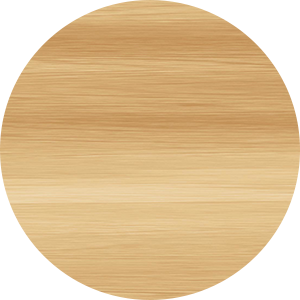
Scientific Name:
Parkia multijuga Benth.
Family:
Mimosoideae.
Commercial Names:
Faveira, paricá grande da terra firme.
Origin:
It grows in the primary or secondary forests of the entire Amazon region, including some neighboring countries.
Wood:
Very light (0.41 g/cm3 density ), soft to cut, low resistance to attack by wood boring organisms.
General Characteristics:
Indistinct heartwood and sapwood, straw-white to pale brown-yellowish. Distinct growth rings, straight to reverse grain, medium texture and moderate or nonexistent luster, depending on the species.
Morphological Characteristics:
Height: 20-30 m, with trunk ranging from 50-70 cm in diameter, huge and elegant leaves, composed of bipinnate, with 20-40 veins; pinnae with 20-30 pairs of shiny leaflets on the upper part.
Drying:
P.multijuga dries very fast in greenhouses, presenting moderate curling and linking. P. oppositifolia dries fast, with a small tendency to medium curling and bending, and strong top cracks and turning. P. paraensis is very fast, with a moderate tendency to strong cracking and twisting.
Workability:
Saw: easy to work with; flattening: easy to work with, with a bad finish; sanding: easy to work with, with a good or excellent finish; drilling: regular to work with, with a bad finish.
Durability:
P. multijuga has low resistance to wood boring organisms.
Preservation:
P. oppositifolia and P. paraensis are easy to treat with creosote and CCA-A, applied under pressure. P. multijuga is moderately difficult to preserve, even under pressure.
Uses:
Frames, finishing, partitions, furniture, plywood, boxes, crates, toys and others.
Interesting Uses:
The tree is extremely ornamental, mainly due to its shiny foliage and elegant shape; it can be successfully used in landscaping, especially in the afforestation of large avenues and public squares. It is a fast-growing plant. It is great for planting in degraded areas aiming at the recomposition of its vegetation.
Source: REMADE
